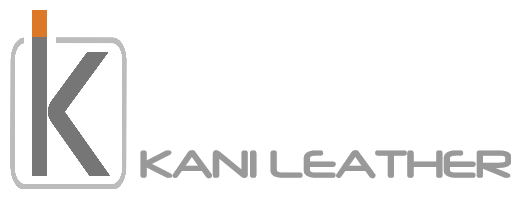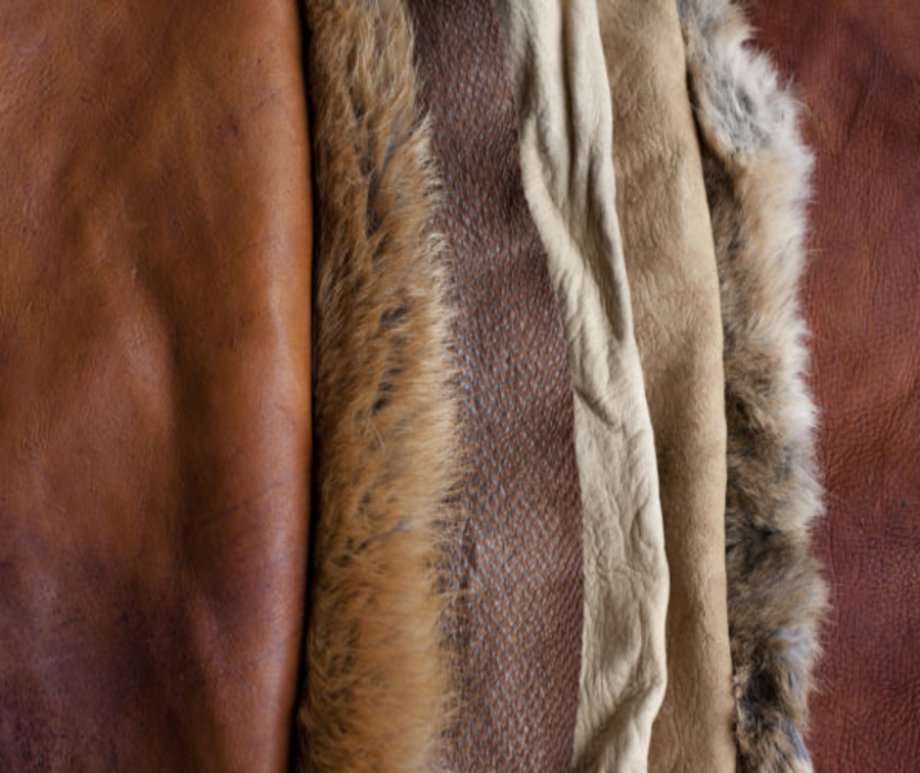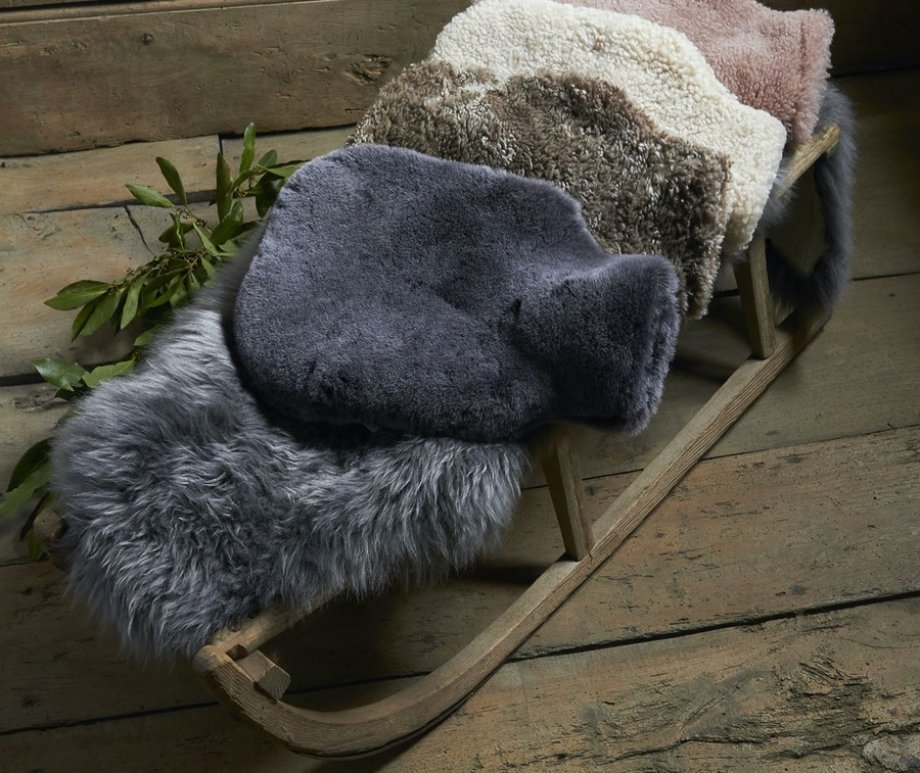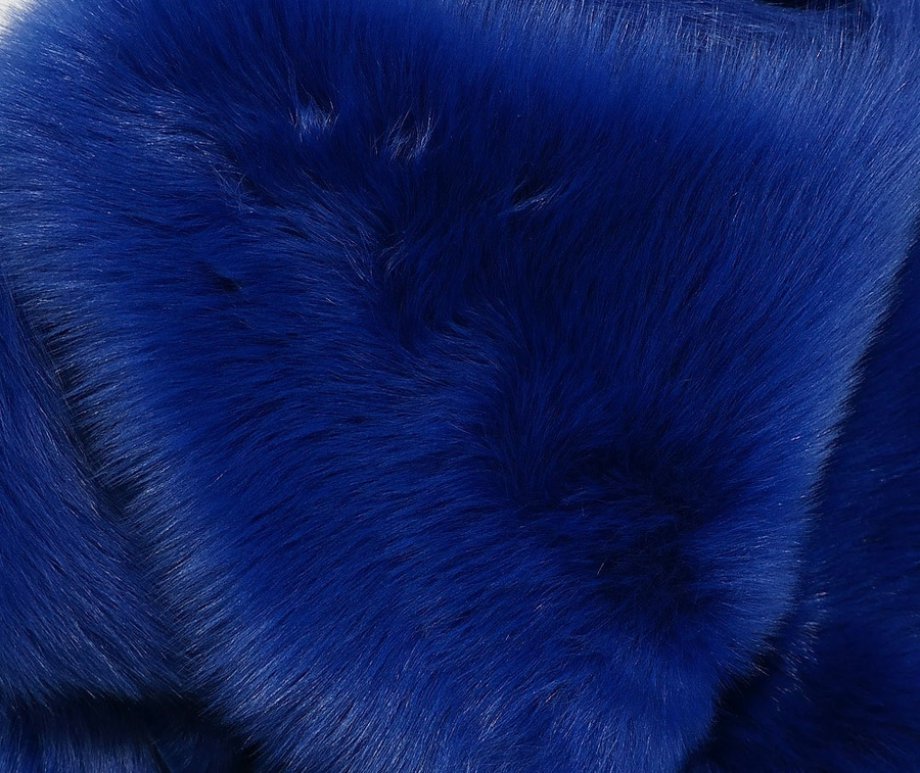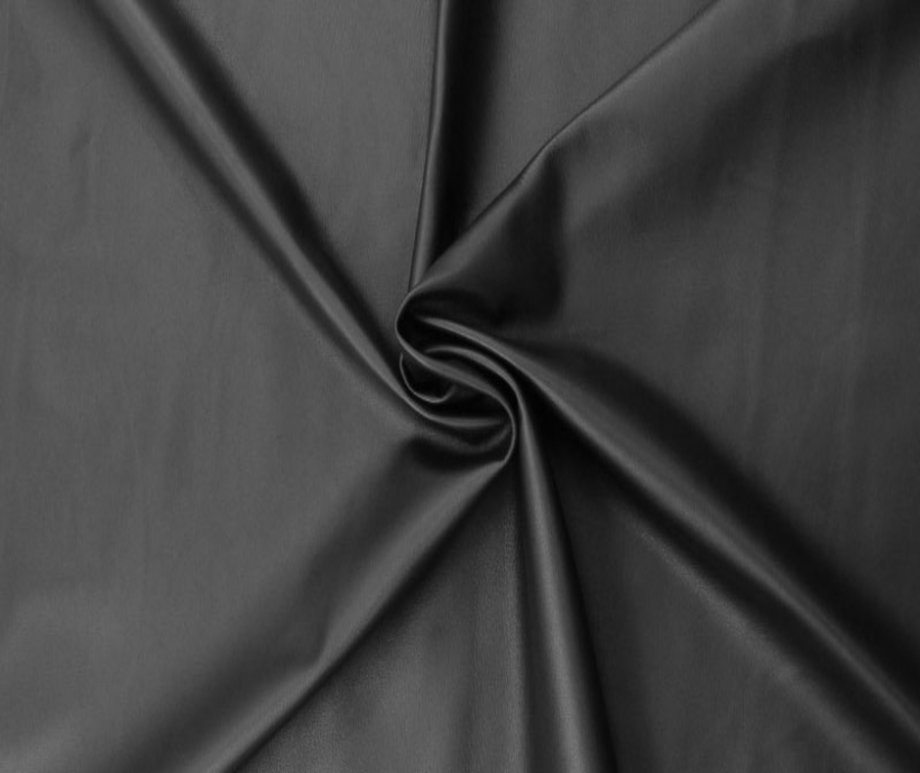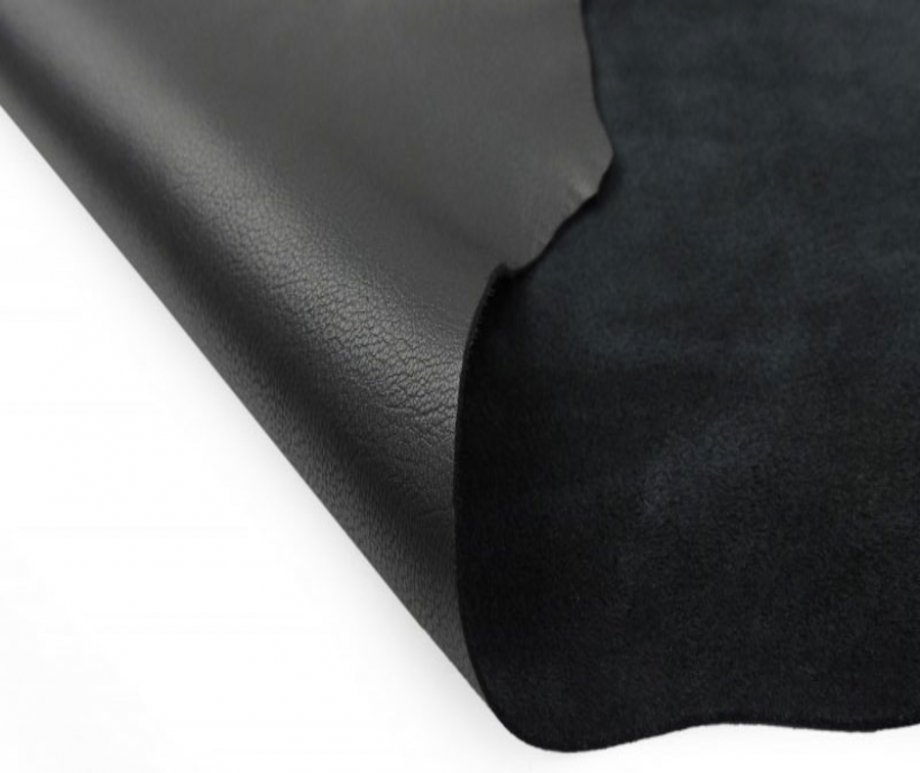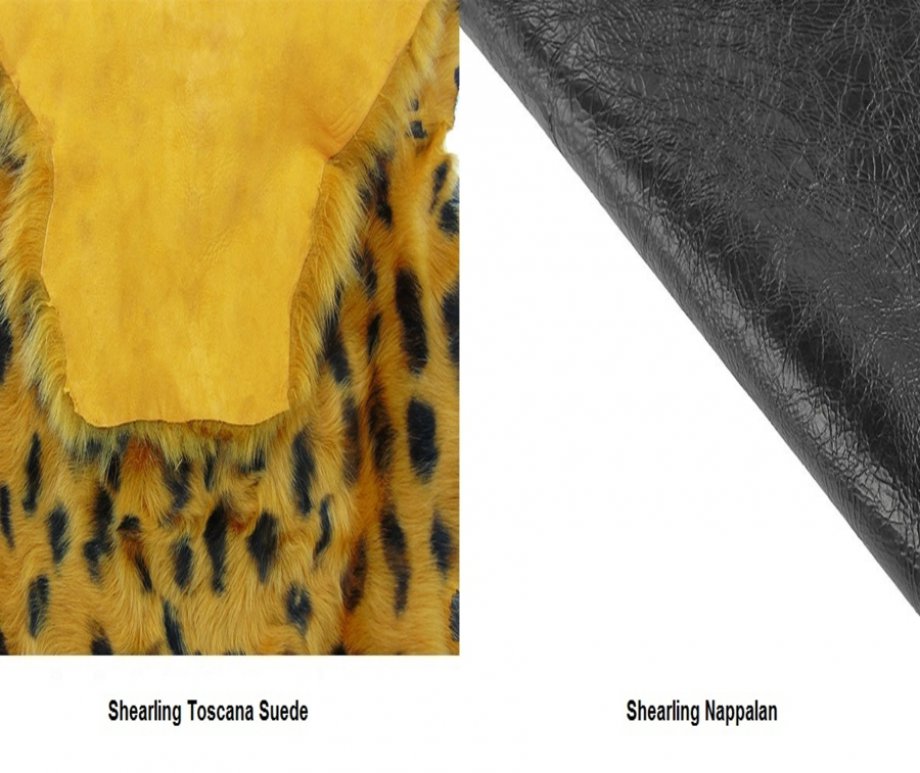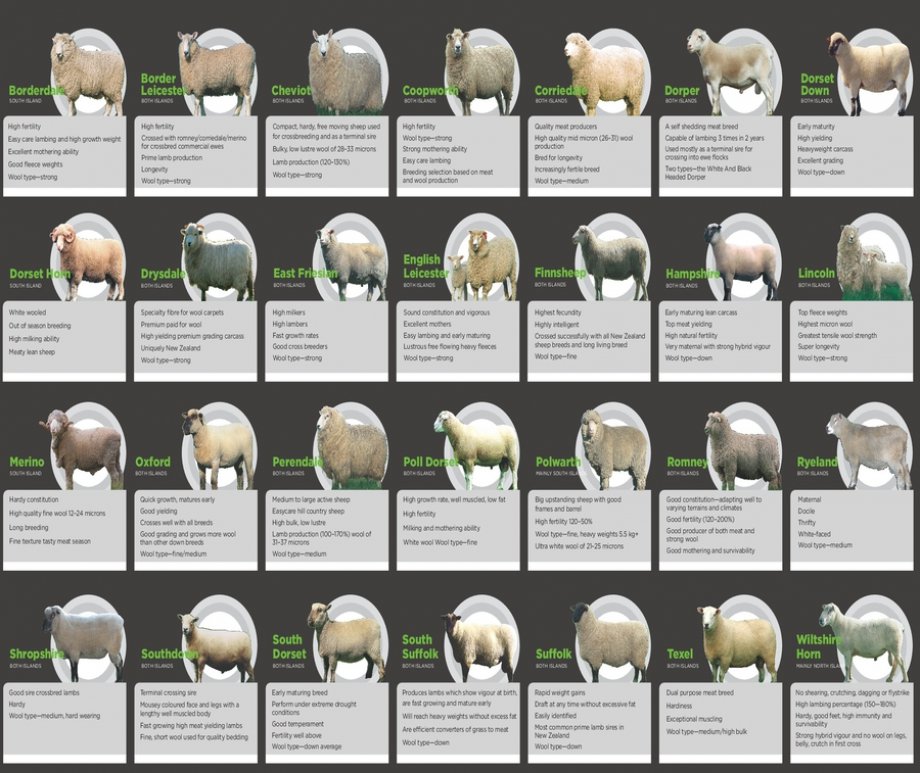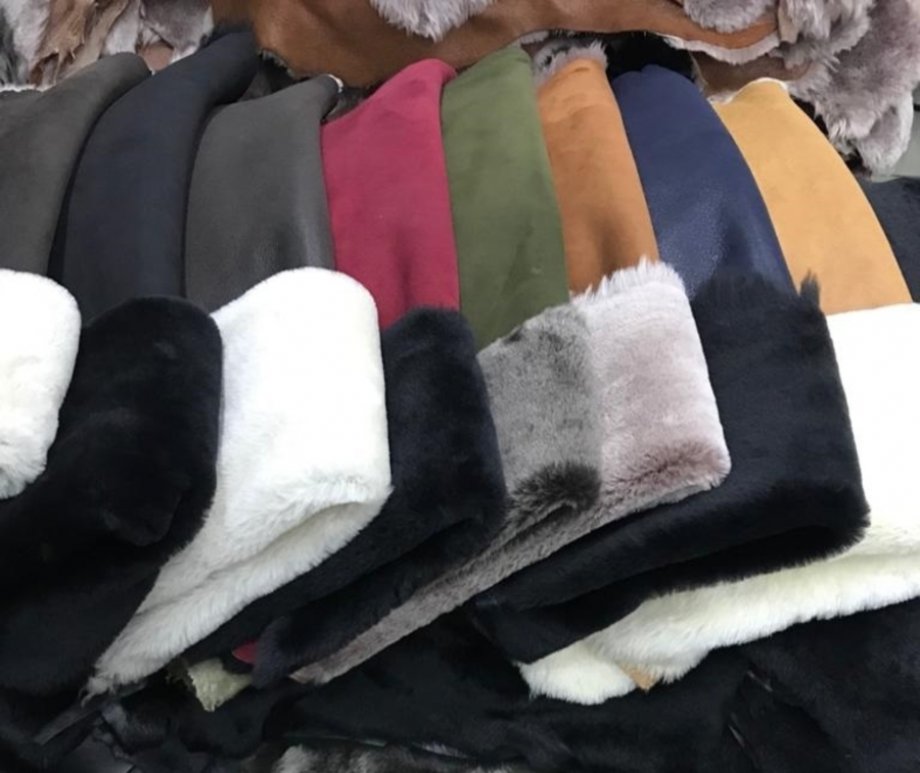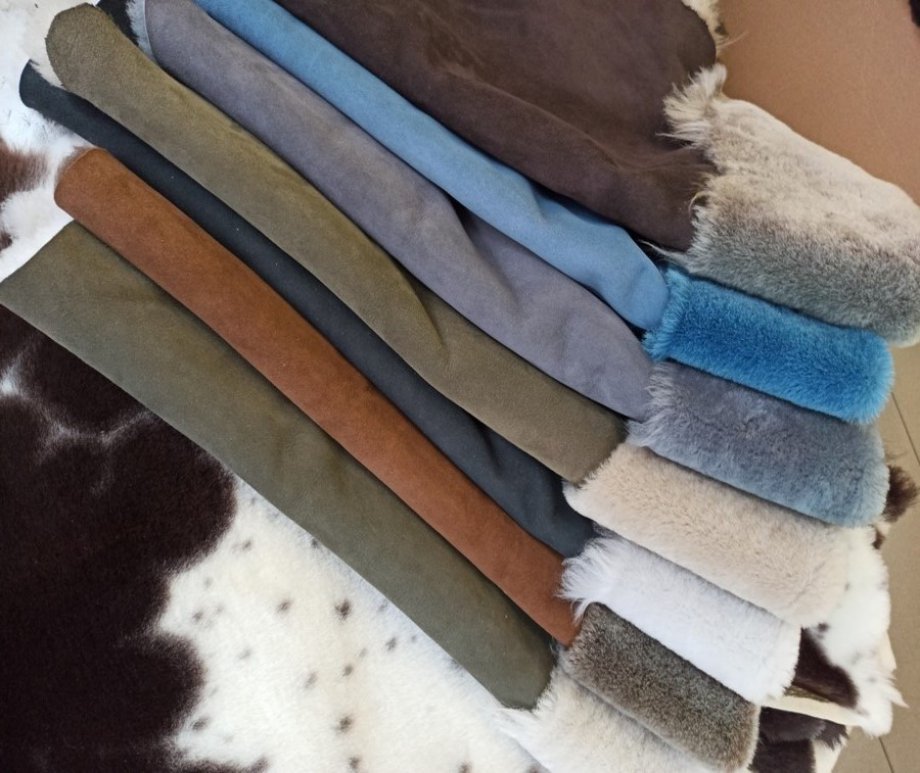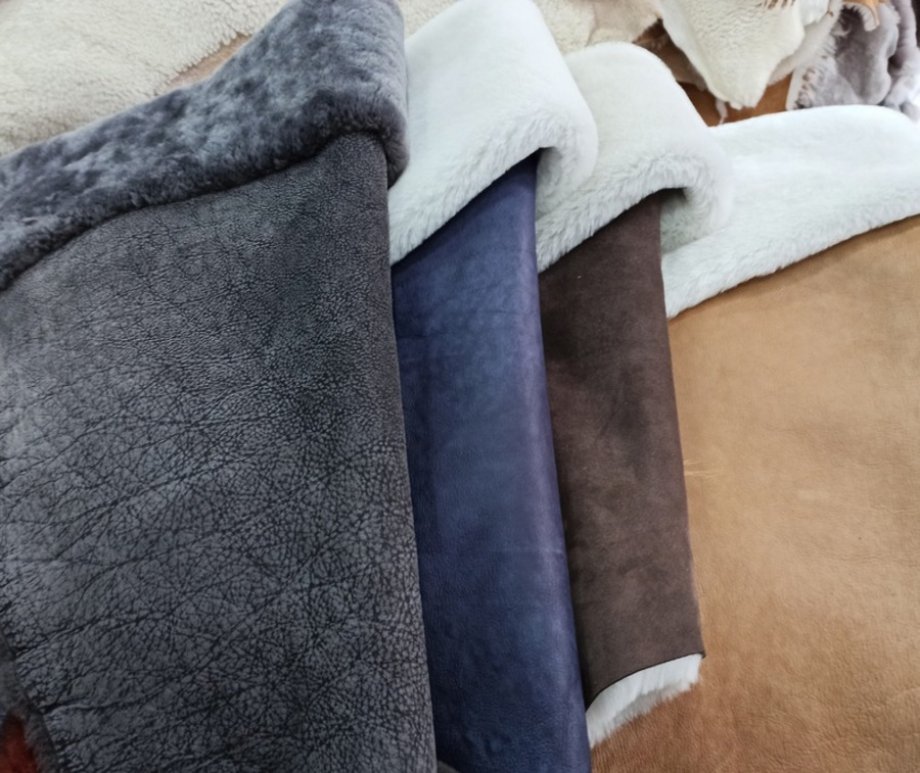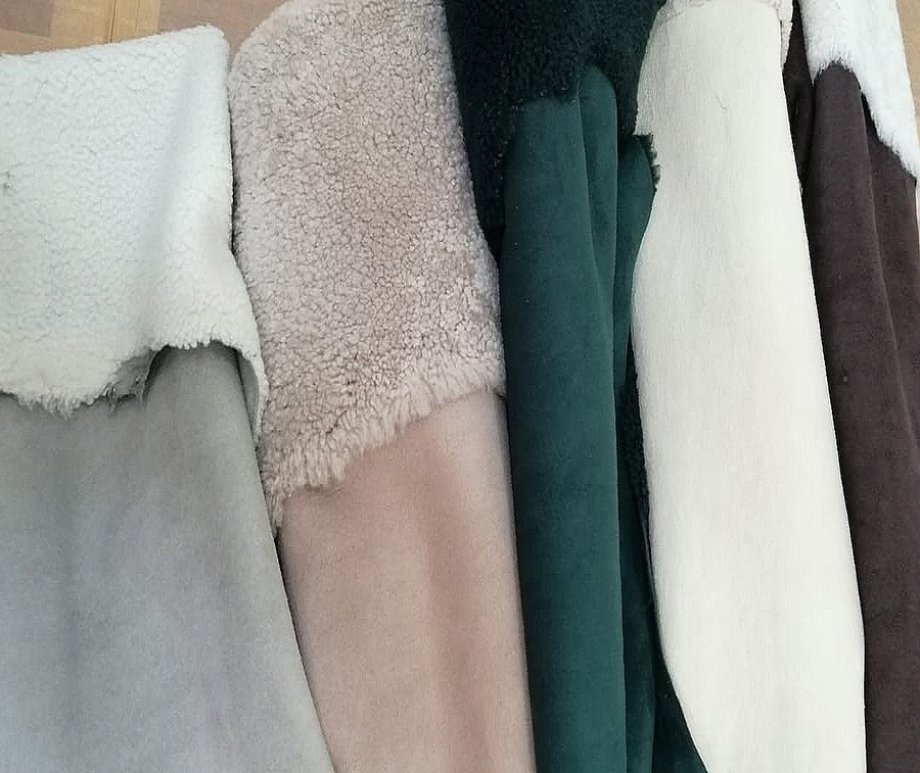What is The Difference Between Lambskin Leather and Sheepskin Leather?
Difference Between Lambskin Leather and Sheepskin Leather
The main difference between lambskin leather and sheepskin leather lies in the age of the animal:
- Lambskins come from young ovine animals.
- Sheepskins come from mature ovine animals.
We are talking about ovine skins from very different breeds in both situations, but they are popular for both forms. As predicted, the key distinction being that the lambskins come from young animals, while the sheepskins are from more mature animals.
Characteristics of Lambskin Leather
Lambskins are characterized by a very small size with a size range between 0.2 m^ 2 and 0.4 m^ 2 for each skin.
- The tanned lambskin grain is very fine, gentle, very soft and silky to the touch, particularly if the skin is tanned with techniques that boost these properties;
- Lambskins have excellent characteristics of elasticity and breaking resistance, but they can be employed with very low thicknesses, less than 0.6 mm;
- The finishing of lambskins is always very unloaded, i.e. little covered by anilines and pigments, and even the only grinding techniques, i.e. clear polishing, are necessary for the finished product to be displayed in an excellent way in order to increase the natural characteristics of the material;
- These hides are classified by a very low specific weight (common for all ovine hides in general) which, for each kg of finished product, crosses three square meters.
How is Lambskin Leather produced?
When we speak about the manufacturing process of lambskin, the use of this content must first be taken into account. The key purpose is to use the skin's exterior side of the dermis, which is the grain side.
- The final outcome of the manufacturing process will be a commodity called Nappa leather when the hides are depilated in wet processes (in the so-called 'riviera' stage, which is preliminary to the tanning process and eventual re-tanning, fattening and dyeing).
- If, on the other hand, you wish to keep the fur of the animal intact, which is especially valuable for certain breeds, hair removal is not done and a hair substance called Shearling is obtained.
- Lambskins with fur: "Shearling" and "Nappalan"
We apply to lambskin hides, which have kept their original fur in the manufacturing, when we speak of fur hides, or hair on hides and pelts. As for their inner portion, the so-called flesh side, it may happen that on the finished product (for example, a piece of clothing with fur inside and suede outside) this must be highlighted; in this situation, we have two simple forms of finishing that can be achieved on the inside of the lambskin:
- The flesh section can be improved by a finish with an impact called "suede" or "velour" and we can have the classic article called "Shearling";
- Or, alternatively, we should finish with dyes and resins on this side of the lambskins: we can have the article named "Nappalan" in this case.
Main uses of Lambskin Leather
Leather clothing is definitely the main area of use for lambskin where, however, there are limitations deriving from the limited size of each skin, the results obtained are of truly excellent quality in any event. The full grain lamb hides are also especially appropriate for high quality gloves and specialized uses that are more technical and precise.
Is Lambskin Leather genuine leather?
It is entirely clear, as we have already explained in the previous paragraphs, that lambskins are genuine leather from the same animals and that they are subjected to tanning treatments which stop the putrefaction of any organic animal tissue.
Sheepskin Leather Features
In their maturity, sheepskins come from ovine species and obviously have very different sizes and features, based on their very distinct races spread all over the world. These hides usually have a dimension of between 0.4 and 0.8 m^2 per skin (or 4 to 9 square feet) and have the following features:
- They are of greater age and scale than lambskins;
- They have a grain with a texture that is more noticeable than lambskin.
- In either case, the grain is much finer and less noticeable than goat skins, of which the traditional concept of sheep and goat skins also accumulates.
The variety of breeds in Sheepskins
There are many sheep breeds whose hides and grains have very different features. For the most appropriate animals to produce wool, we can find leathers with a very fine grain of several differently crossed breeds, the so-called "fur sheep" that often surpass in appearance, touch (the workers call it "hand") and silkiness (that is, in the pleasantness of the similar silk flow) the best skins of bovine calves up to more pronounced grainy aspects.
There is a deep roughness in some wool breeds, the so-called 'creasing', which is more obvious in the middle part and mostly in the back of the skin, but which can spread to the entire skin.
Sheepskins finished with wool
Where the hair is very coarse and preferably of a lovely white colour, it is used as fluffy rugs and bedside rugs, maintaining both the skin intact and its form with the full length of the hair. Wool sheep are also processed to preserve their natural fur. In the area of garments and boots, the fur is trimmed differently; there are two major variants: In both cases, the visible component of Shearling and Nappalan is the internal one, the flesh hand, which is properly processed both for the finished textile product and for the glove or foot.
Main uses of Sheepskin Leather
The most common usage remains for clothes on the grain side and with very gentle nappa tanning, including for sheepskin. For both clothing and boots, the use of the so-called chamois, suede or velour on the flesh side is very limited because it gives excellent results limited to the crossed sheep breeds known as Hair sheep, which have a very closed and compact back side and, similar to that of goat, have a very reduced 'hair' effect. Finally, very useful effects, particularly the so-called "writing" effect, that is, iridescent as the hand passes over the surface, can be obtained here with appropriate fat-liquors.
Where to buy Lambskin and Sheepskin Leather?
You can find the best varieties of lambskin leather and sheepskin leather classified into groups on our website kanileather.com, the main ones being:
Nappa Leather Lambskin, variety thickness (0,4-1,00 mm) and very soft fiber, specially made for the manufacture and repair of leather garments, suitable for jackets, coats, dresses, gloves, pants and some other leather garment, but also for the manufacture of leather products and linings.
Aniline Sheepskin Leather, the finest quality sleek and soft material, 0,4-0,8 mm thick, available in a range of colors to choose from, suitable for clothes, leather products, accessories, belts, bindings, wallets.
